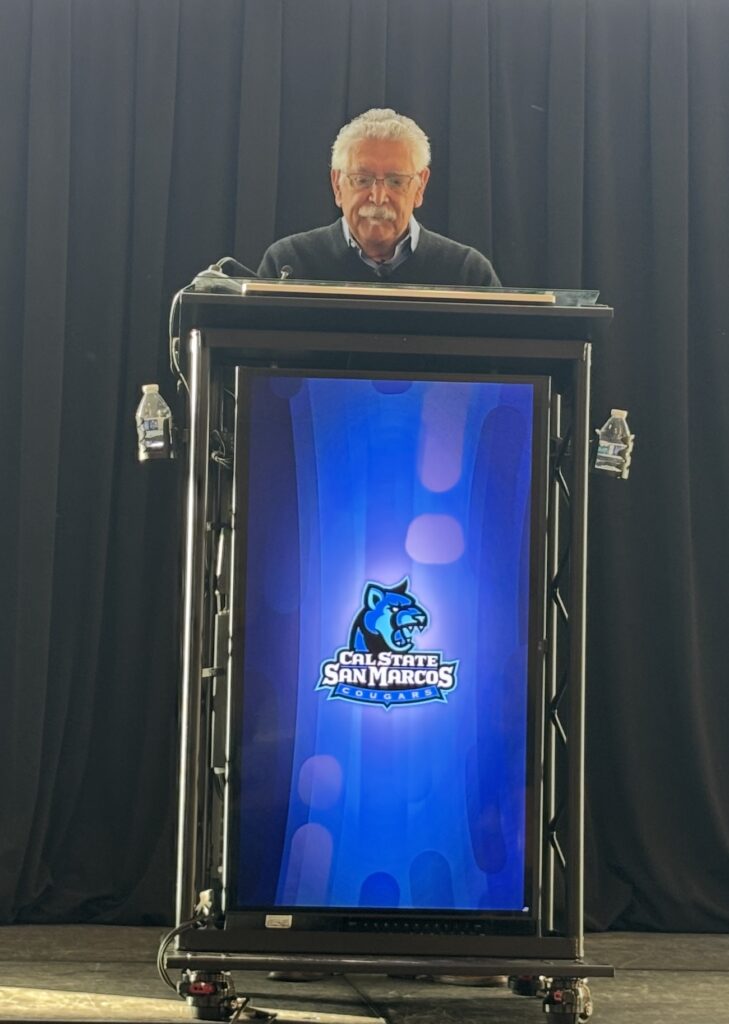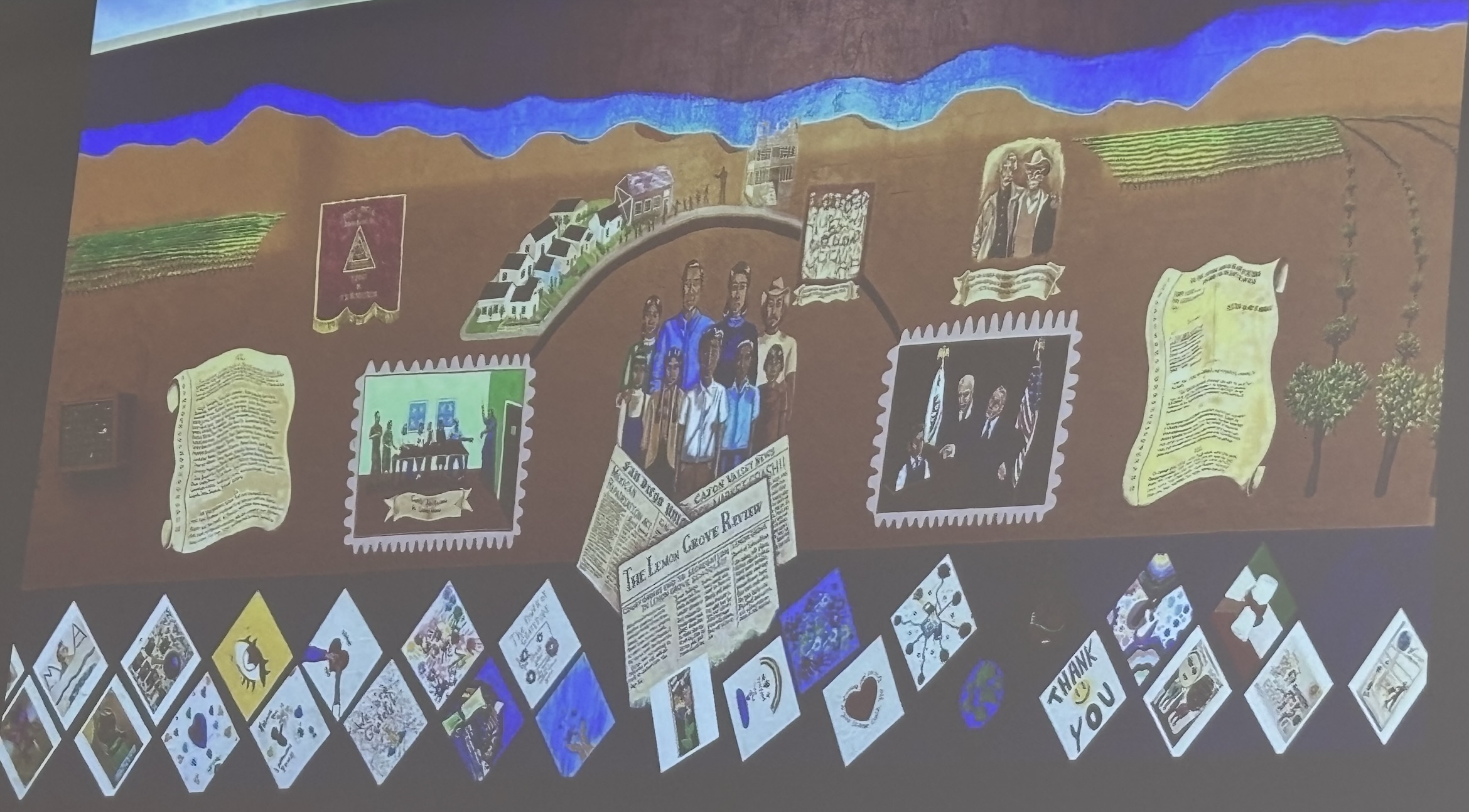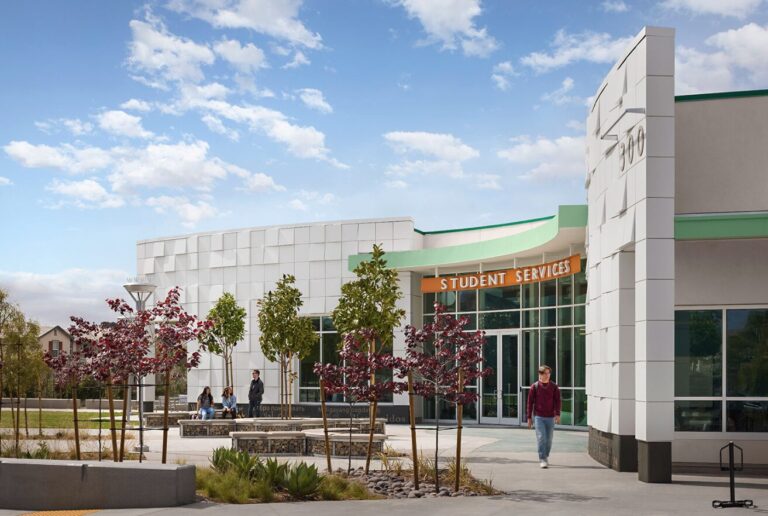By Melanie Slone, based on a presentation by Dr. Robert R. Alvarez at Cal State San Marcos on April 23, 2025
“Most of us think about segregation with Jim Crow, but there was also José Crow,” says Dr. Robert R. Alvarez, the son of the “Roberto Alvarez” of “Roberto Alvarez vs. the board of trustees of the Lemon Grove School District,” the first successful school desegregation case in the United States.
A sociocultural anthropologist with a PhD from Stanford University who grew up in Lemon Grove and Logan Heights, Dr. Alvarez has made a career of his commitment to social justice and the empowerment of underserved communities.

He reminds us that the landmark decision Brown vs. Board of Education in 1954 desegregated schools, but there were many cases leading up to it in Mexican communities throughout the United States, including one where his father was a leading player.
In 1930s California, many communities built schools for Mexican children to keep them separated from the Anglo children, including Lemon Grove, where a barnyard on the “Mexican side of the tracks” was converted into a segregated school.
The parents held a strike and formed the Comité de Vecinos (Neighborhood Association) to fight back. The Comité filed a lawsuit and was represented by the attorney Fred C. Moon, with 12-year-old Roberto Alvarez speaking on behalf of all the students in court.
On March 30, 1931, the San Diego County Superior Court ruled that the local school board’s attempt to segregate in this case was a violation of California state laws because Mexicans were considered White under the state’s Education Code.
This success is now considered part of the line of cases leading up to Brown vs Board of Education, which desegregated public schools altogether.

But not many people know about the struggle or its place in history. Dr. Alvarez discovered the story when carrying out research on migration in the mid-1970s. His grandmother had saved the original documents, so Dr. Alvarez was able to interview his family members about the case.
“It was a Mexican community in a very difficult time that was able to get together and form this alliance and win the case,” he says. The fight for desegregation has been long and continues today.
Just like today, in the 1930s, Mexicans were blamed for taking jobs, being unhealthy, and competing with Whites. By 1930, one-eighth of Mexico’s population had fled the Revolution, with many emigrating to the Los Angeles area. The Mexican population in the United States quadrupled from 1910–1930, then dropped to half its number in 1930, due to deportations and the Great Depression economics.
Mexicans were accused of speaking Spanish and living in and causing poverty. Americanization schools were supposed to teach them to become “Americans.” Meanwhile, thousands of Mexicans were deported, even legal US citizens. The desegregation fight brought the community together.

Memories of the case were fading fast, so Dr. Alvarez is spreading the word to the new generation. “Lemon Grove was not an incident,” he says. “It was a sustained struggle that the Mexican communities were part of through this entire period.”
Because the case was referenced in Brown vs. Board in 1954, Dr. Alvarez says it wasn’t just Jim Crow, but also “José Crow.” Jim Crow was a code name for racial segregation laws. Rulings were made based on the 14th amendment and due process of law, which is back in the news today.
The Lemon Grove case happened 94 years ago. Today, 40% of the population of California is Latino, yet Latino students are twice as likely to attend mid- to high-level poverty schools. Many Latinos do not take college-eligible courses, and the numbers are worse for Latino men. Female Latina students make up the largest group at Cal State San Marcos, almost double the male rate, says Dr. Konane Martinez, Faculty Director of the National Latino Research Center at Cal State San Marcos.
As Dr. Alvarez underscores, the Lemon Grove story is “a reminder of the courage that it takes to fight and of our current struggle.”




